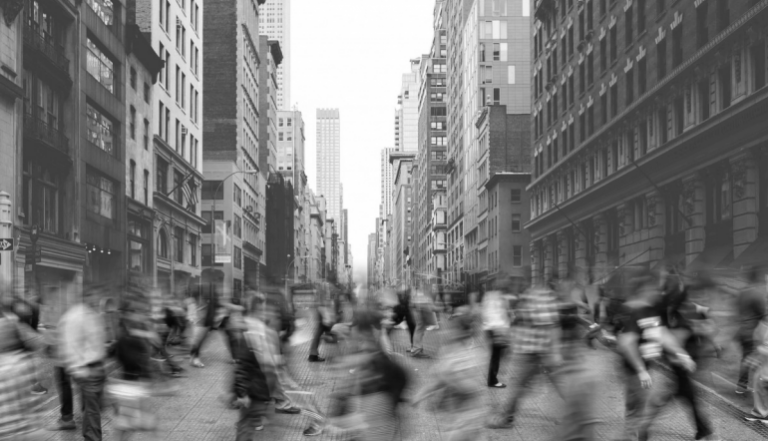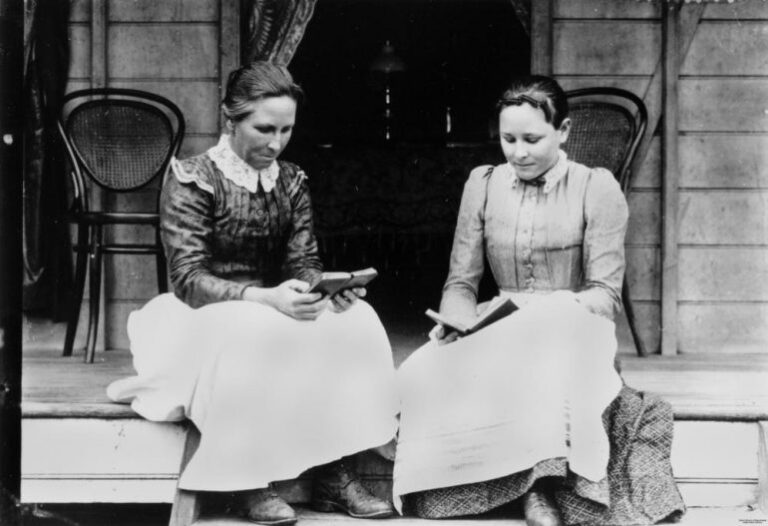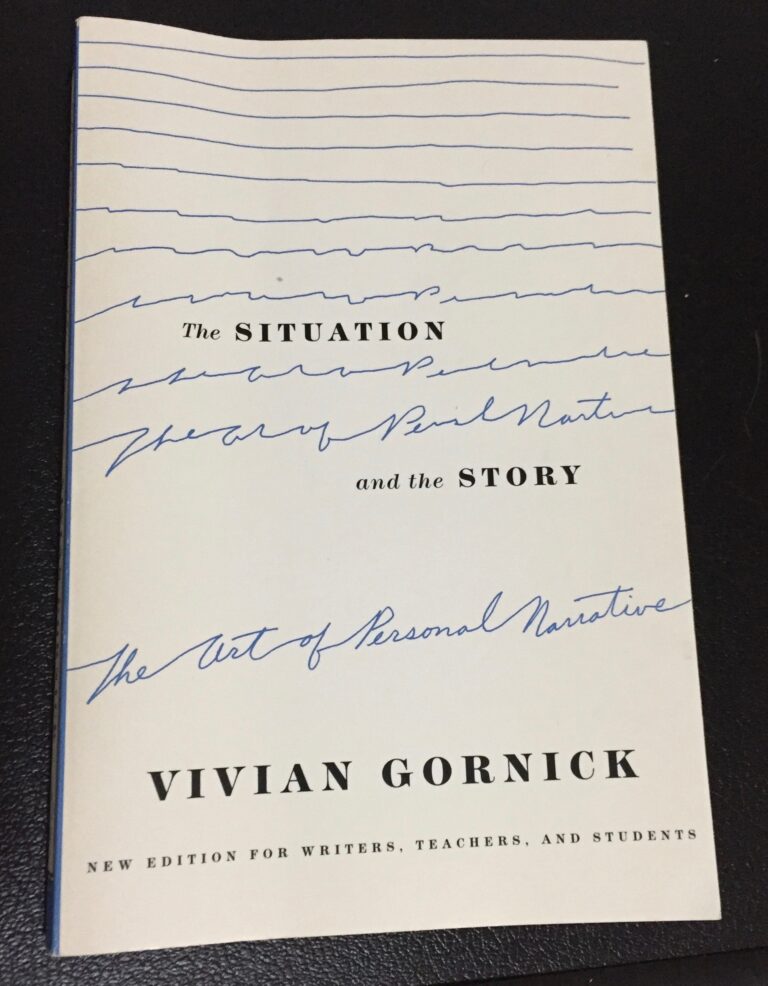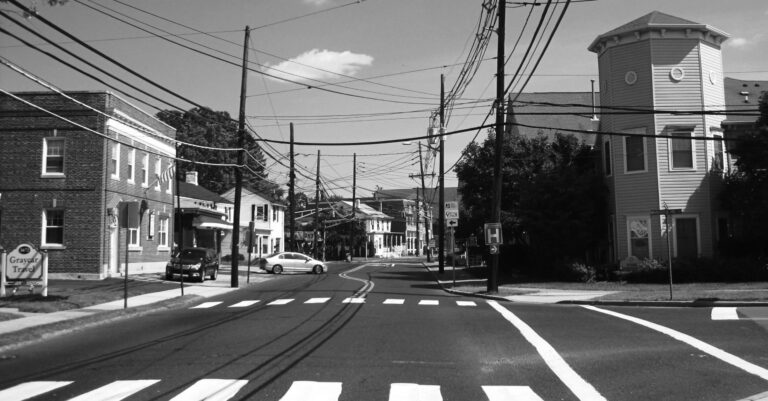Reading New York
In the New Yorks of Anne Roiphe’s and Vivian Gornick’s memoirs, isolation in an urban setting is a tired trope that neither Roiphe nor Gornick finds to fit her experiences.
Please note that shipping will be slower than usual for orders placed between Dec. 24-Jan. 15! Thank you for your patience.

In the New Yorks of Anne Roiphe’s and Vivian Gornick’s memoirs, isolation in an urban setting is a tired trope that neither Roiphe nor Gornick finds to fit her experiences.

Though Tillie Olsen published very little in her lifetime, her body of work had a great impact on the women’s movement of the 1960s and ‘70s. She was a champion of underrepresented writers. Olsen’s book, SILENCES, became a classic feminist text, and her works of fiction were met with critical acclaim.

Writing in second person point of view, I found power in a situation in which I’d felt powerless. I was no longer the victim but the witness…

Daniel Nester’s prose zings back and forth between the heart and the funny bone. His latest book, Shader, is a kaleidoscopic coming-of-age story told in brief chapters called “notes.” It’s like one of those family slideshows that make us laugh, groan, squirm in our chairs, and sometimes cry. His previous books include How to Be…

Nonfiction as a genre confronts the discordance between memory—a slippery, subjective entity that can be the antithesis of truth—and actuality. Roy Peter Clark writes of the “essential fictive nature of all memory.” Mark Kramer and Wendy Call, editors of Telling True Stories: A Nonfiction Writers’ Guide from the Nieman Foundation at Harvard University, write “of…
No products in the cart.